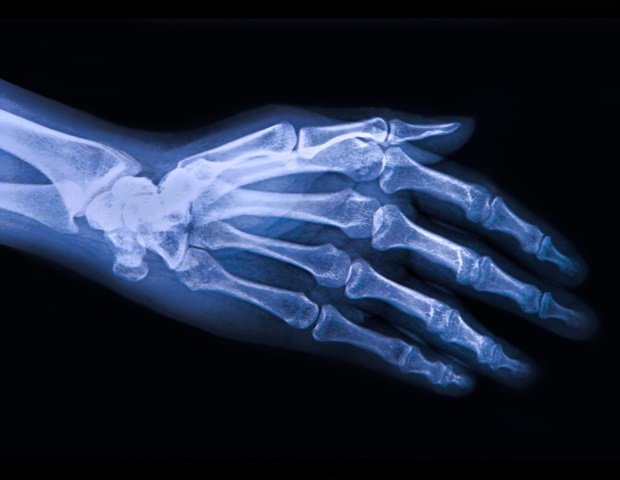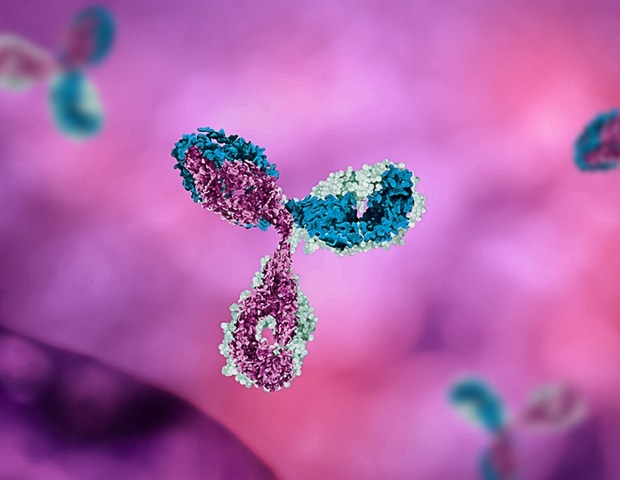By combining advanced gene editing techniques, scientists identified key mutations that influence tumor growth and drug resistance in lung cancer, offering new avenues for tailored cancer therapies.
 Study: Multimodal scanning of genetic variants with base and prime editing. Image Credit: Andrii Yalanskyi / Shutterstock
Study: Multimodal scanning of genetic variants with base and prime editing. Image Credit: Andrii Yalanskyi / Shutterstock
In a recent study published in the journal Nature Biotechnology, researchers in Switzerland used base and prime editing to create and analyze a wide array of variants of the epithelial growth factor receptor (EGFR) gene in multiple cell lines, including cancer and non-cancer cells, to study their effects on cancer progression and drug resistance. They found both previously known and novel mutations significantly linked to EGFR activation and drug response, demonstrating the method's precision and revealing new pathways affecting tumor growth and mechanisms of drug resistance.
Background
Despite advances in genome sequencing, several genetic variants remain classified as variants of uncertain significance (VUS), complicating disease diagnosis and treatment. This is particularly evident in non-small cell lung cancer (NSCLC)-linked EGFR variants, where around 50% of EGFR variants are VUS. Current treatments, including tyrosine kinase inhibitors (TKIs) that target EGFR, are less effective against non-canonical mutations, leading to poor outcomes and drug resistance. New methods like multiplex assays and screens based on clustered, regularly interspaced short palindromic repeats (CRISPR) aid the assessment of variants, but they currently lack the scale, specificity, and accuracy needed to analyze all possible mutations.
Base editing technology has improved accuracy but is limited by unintended edits and restricted mutation types. Prime editing, a more advanced method, allows the precise introduction of diverse mutations, including insertions and deletions, offering a high-throughput way to assess the pathogenicity of VUS and open new avenues in personalized cancer treatment. In the present study, researchers used a combination of base and prime editing to perform high-resolution mutational scans of the entire coding sequence of the EGFR gene to identify known and novel mutations linked to cancer progression and drug resistance across various cell types.
About the study
The researchers used MCF10A cells, which rely on wild-type EGFR for growth, to assess the pathogenicity of EGFR variants. They introduced specific mutations in EGFR that promote activation using cytosine and adenine base editors (BE3.9max and ABE8e) via lentiviral delivery, employing a library of 1,496 single guide ribonucleic acids (sgRNAs) targeting all EGFR exons and key regulatory sites. After editing and EGF deprivation, the researchers sequenced sgRNAs to identify mutations affecting cell viability. In a follow-up screen, they assessed EGFR mutations associated with drug resistance by treating MCF10A cells with gefitinib or osimertinib and analyzing the sgRNA libraries to identify novel, drug-resistant variants.
To expand their mutational screen, the researchers also used prime editing to introduce a broader range of EGFR mutations, including those from ClinVar and COSMIC databases. They engineered MCF10A cells without the MLH1 gene to enhance prime editing efficiency and delivered prime editing guide RNAs (pegRNAs) targeting 14 known and significant EGFR mutations via lentiviral vectors. The inclusion of synonymous mutations in pegRNAs allowed the researchers to examine their impact on editing efficiency.
Results and discussion
Both base editors achieved 95–97% editing efficiency in MCF10A cells, with mutations accumulating over time and some alleles showing multiple edits. The screen identified a depletion of essential sgRNAs, confirming the screen's ability to detect mutations that impair cell viability. Notably, mutations affecting splice sites, nonsense, and missense mutations in EGFR were associated with loss-of-function effects.
The screen revealed known and several novel EGFR mutations linked to drug resistance, particularly in the ATP-binding pocket of EGFR's tyrosine kinase domain. For gefitinib, well-known mutations like Thr790Met were identified, along with previously uncharacterized mutations near the binding pocket, including Val726, Met766, and Thr854, validated as resistance-conferring. For osimertinib, mutations like Thr790Ala;Gln791Arg and Val845Ala were enriched, as well as mutations in the C-terminal domain, suggesting distinct mechanisms for resistance. These findings highlighted specific intramolecular interactions and structural changes within EGFR that contribute to resistance against various TKIs.
Base editing also revealed a nuanced view of mutations affecting drug sensitivity. For example, the Val845Ala mutation was resistant to osimertinib but sensitive to gefitinib, while other mutations, such as Lys852Glu, caused resistance to both drugs. Secondary mutations, such as Thr790Met, further enhanced resistance in EGFR-mutant PC-9 cells. Prime editing introduced nearly 92% of EGFR variants listed in ClinVar and COSMIC, identifying novel mutations, including exon 20 insertions and extracellular domain mutations linked to resistance.
The study demonstrates the strength of multimodal precision base and prime editing and provides insights into EGFR activation and drug resistance. However, it was limited by its reliance on EGF-independent proliferation as a proxy for EGFR signaling and did not analyze receptor interactions or heterozygous effects. Future studies could address these issues using additional cellular models and engineered cell lines.
Conclusion
In conclusion, the present study developed a robust, high-resolution mutational scanning framework that combines the capabilities of base and prime editing to analyze genetic variants involved in drug resistance and tumor growth. Expanding this approach to a broader array of genetic elements and cellular models, including primary human cells, will help illuminate the clinical relevance of diverse genetic variants and support personalized cancer treatment.
Journal reference:
- Belli, O., Karava, K., Farouni, R., & Platt, R. J. (2024). Multimodal scanning of genetic variants with base and prime editing. Nature Biotechnology, 1-13. DOI: 10.1038/s41587-024-02439-1, https://www.nature.com/articles/s41587-024-02439-1

 6 days ago
4
6 days ago
4















.png)

.png)
.png)
.png)













 English (US) ·
English (US) ·  Hindi (IN) ·
Hindi (IN) ·